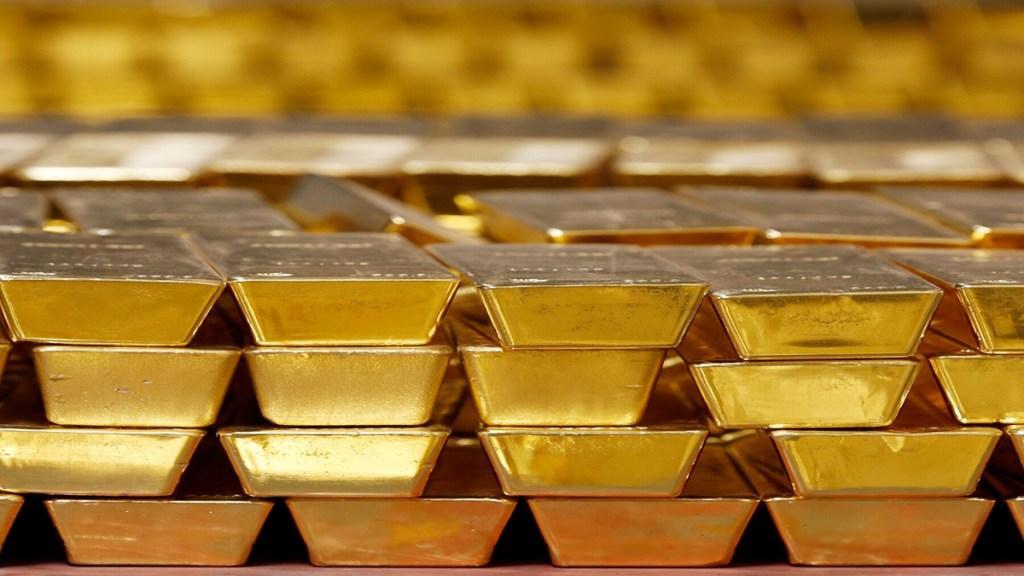
Where Do Central Banks Buy Gold From?
Central banks around the world have long been significant players in the global gold market, with many maintaining large gold reserves as a store of value and a hedge against market volatility. But have you ever wondered where these banks buy their gold from? Traditionally, central banks acquire gold through the global over-the-counter (OTC) market, typically centered in London. According to a survey conducted by the World Gold Council (WGC) in 2025, 41% of the gold held by central banks is a legacy asset, while 32% of central bank purchases come from the OTC market.
In this blog post, we’ll delve into the ways in which central banks buy gold from around the world, exploring the different routes they take to acquire this precious metal.
The Global OTC Market
The global OTC market is a decentralized marketplace where gold is bought and sold between banks, dealers, and other financial institutions. This market is typically centered in London, which has long been a major hub for gold trading. In the OTC market, gold is traded in large quantities, with prices negotiated between buyers and sellers.
Central banks often buy gold through the OTC market, as it provides them with a way to acquire large quantities of gold at a low cost. The OTC market is also a convenient way for central banks to buy gold, as it allows them to negotiate prices and terms directly with sellers.
Large-Scale Mining and Artisanal and Small-Scale Gold Mining (AGSM)
In addition to buying gold through the OTC market, central banks also purchase gold from large-scale mining companies and artisanal and small-scale gold mining (AGSM) operations. According to the WGC’s 2025 survey, nearly 50% of central banks surveyed purchased gold from both large-scale mining and AGSM.
Large-scale mining companies, such as Barrick Gold and Newmont Goldcorp, are major producers of gold and often sell gold to central banks. These companies typically operate large-scale mines, which produce gold through a combination of open-pit and underground mining methods.
AGSM, on the other hand, refers to small-scale gold mining operations that produce gold through various methods, including panning, sluicing, and hardrock mining. AGSM operations are often smaller and more localized than large-scale mining companies, and may produce gold through artisanal or small-scale methods.
Other Sources of Gold
In addition to the OTC market and large-scale mining and AGSM, central banks may also buy gold from other sources, including:
- Mints: Central banks may purchase gold from mints, which produce gold coins and bars for sale to investors and collectors.
- Gold ETFs: Central banks may also buy gold through gold exchange-traded funds (ETFs), which allow investors to buy and sell gold through a stock exchange.
- Gold recycling: Central banks may also buy gold through gold recycling programs, which involve the collection and processing of gold scrap and other gold-bearing materials.
Conclusion
In conclusion, central banks buy gold from a variety of sources, including the global OTC market, large-scale mining and AGSM, mints, gold ETFs, and gold recycling programs. The OTC market is a key source of gold for central banks, providing them with a way to acquire large quantities of gold at a low cost. However, central banks also purchase gold from other sources, including large-scale mining and AGSM, which provide them with a way to diversify their gold holdings and support local economies.
As the global gold market continues to evolve, it’s likely that central banks will continue to play a significant role in shaping the market. Whether buying gold through the OTC market, large-scale mining and AGSM, or other sources, central banks will remain important players in the global gold market for years to come.






